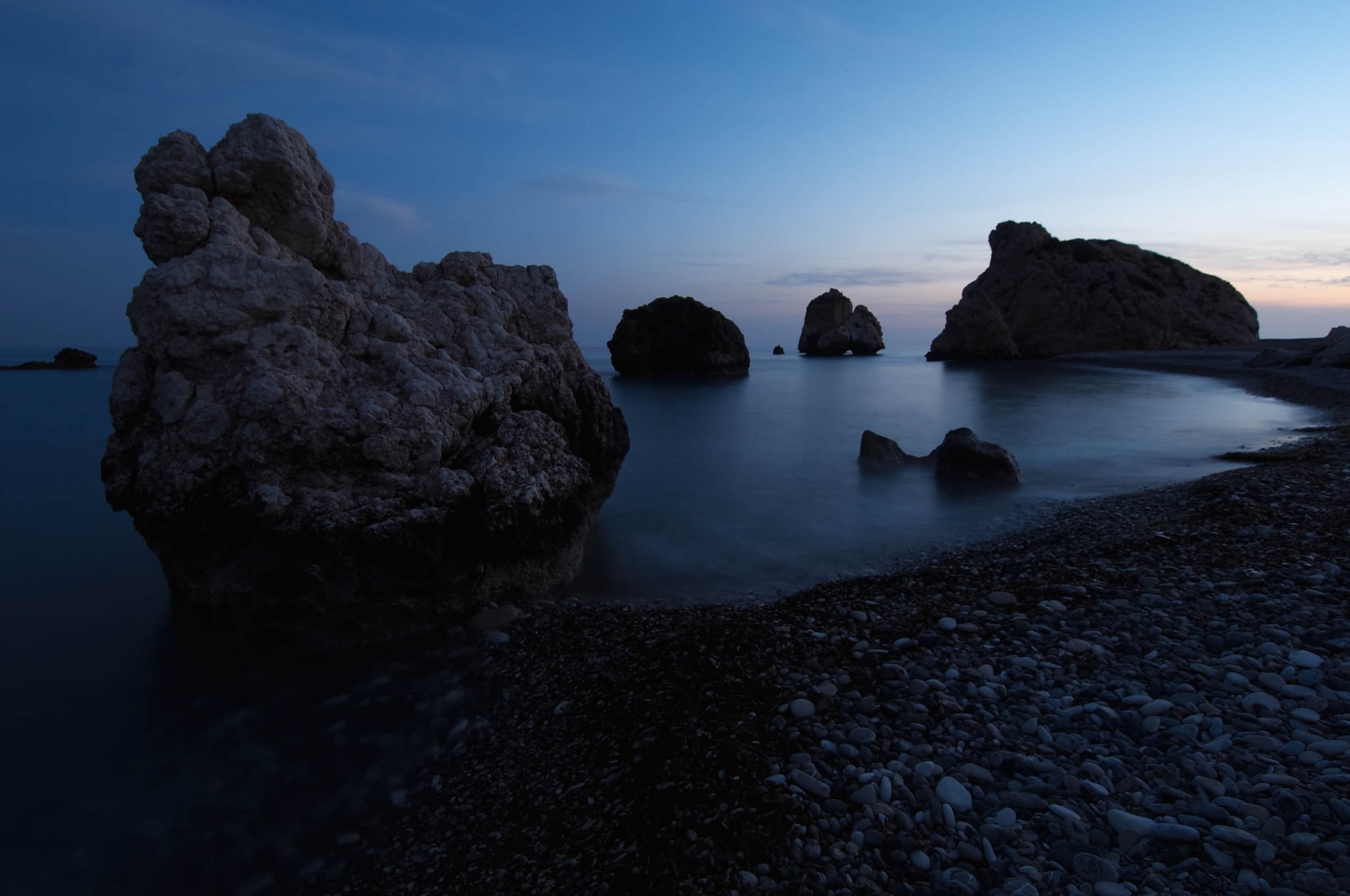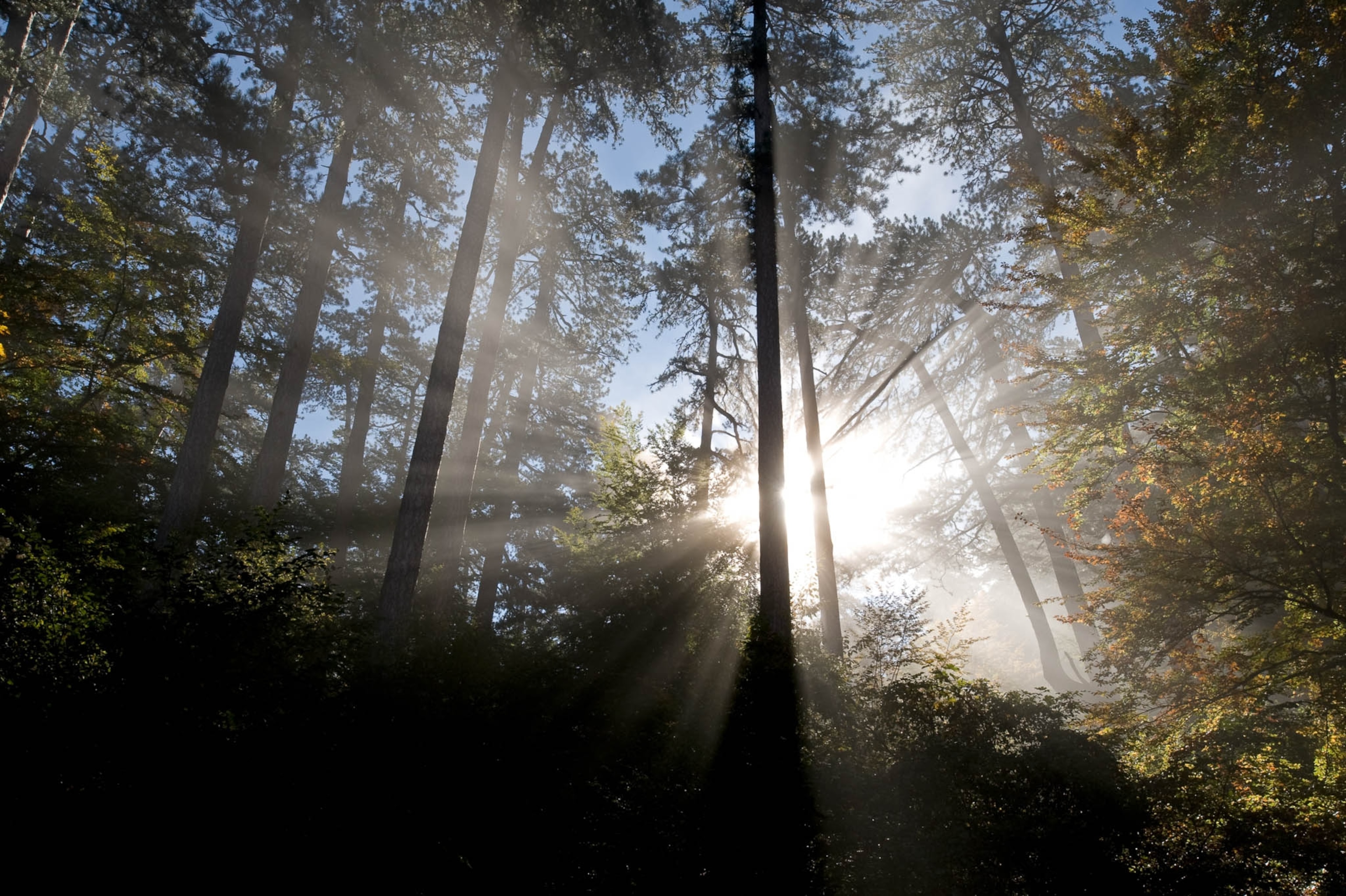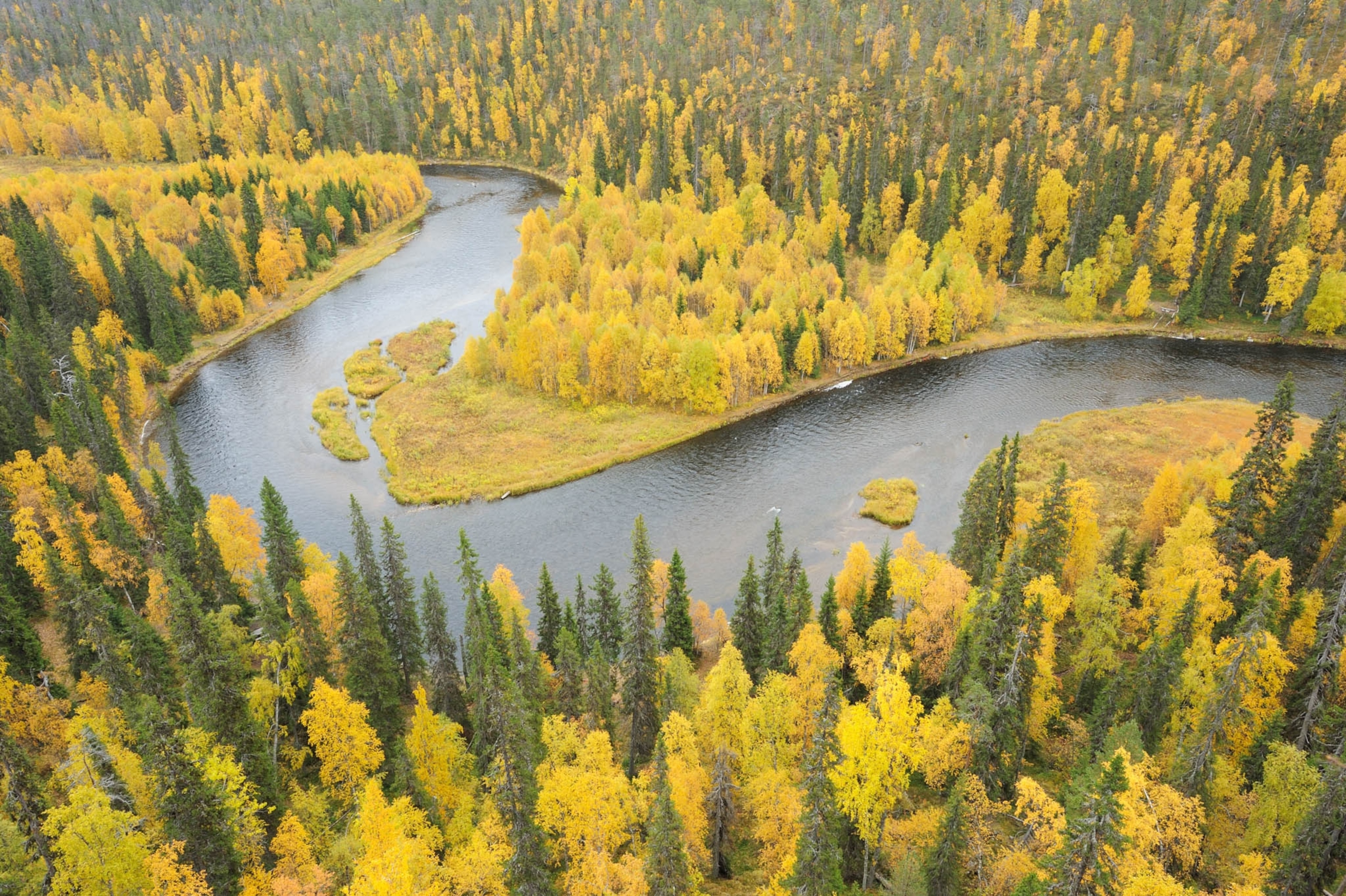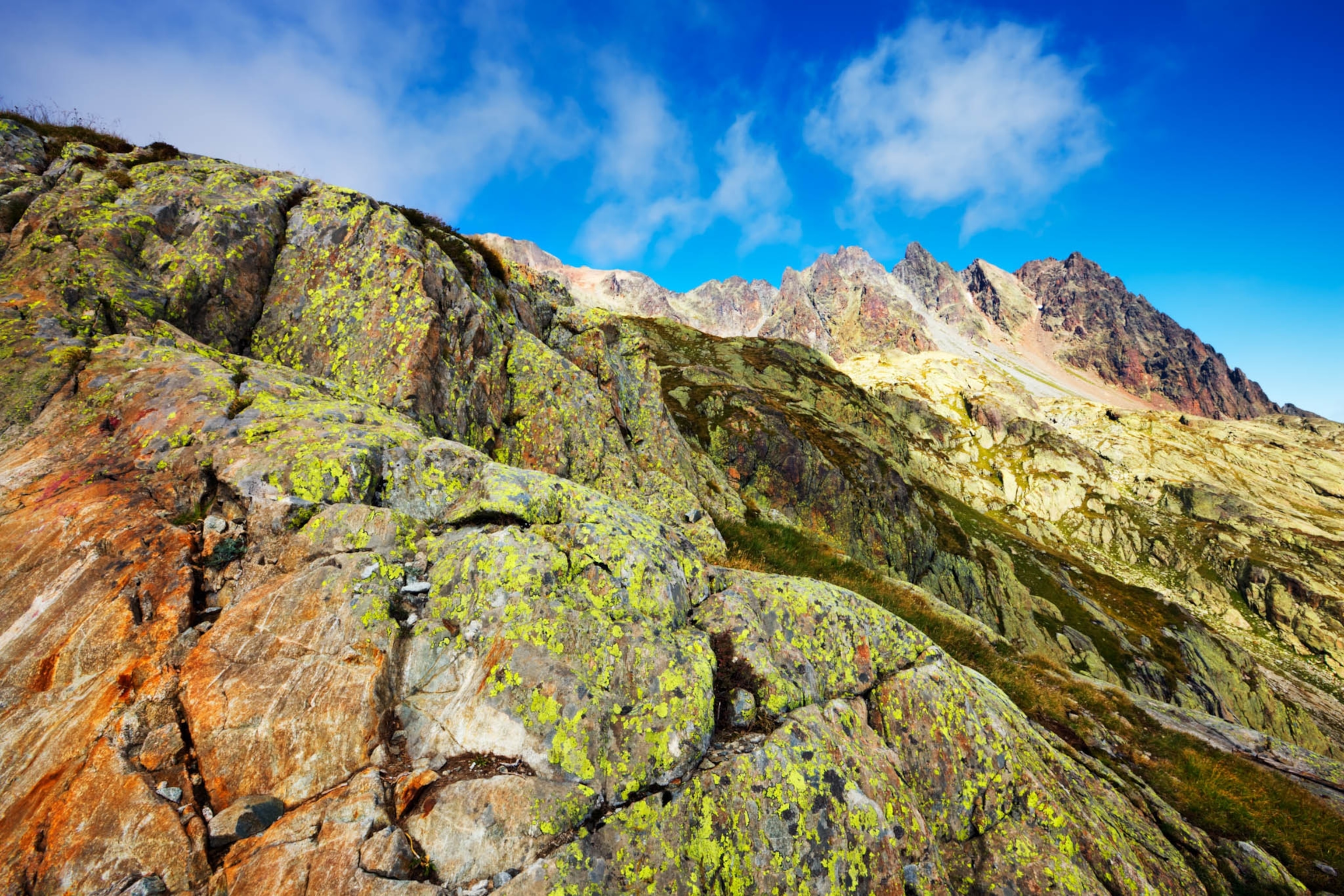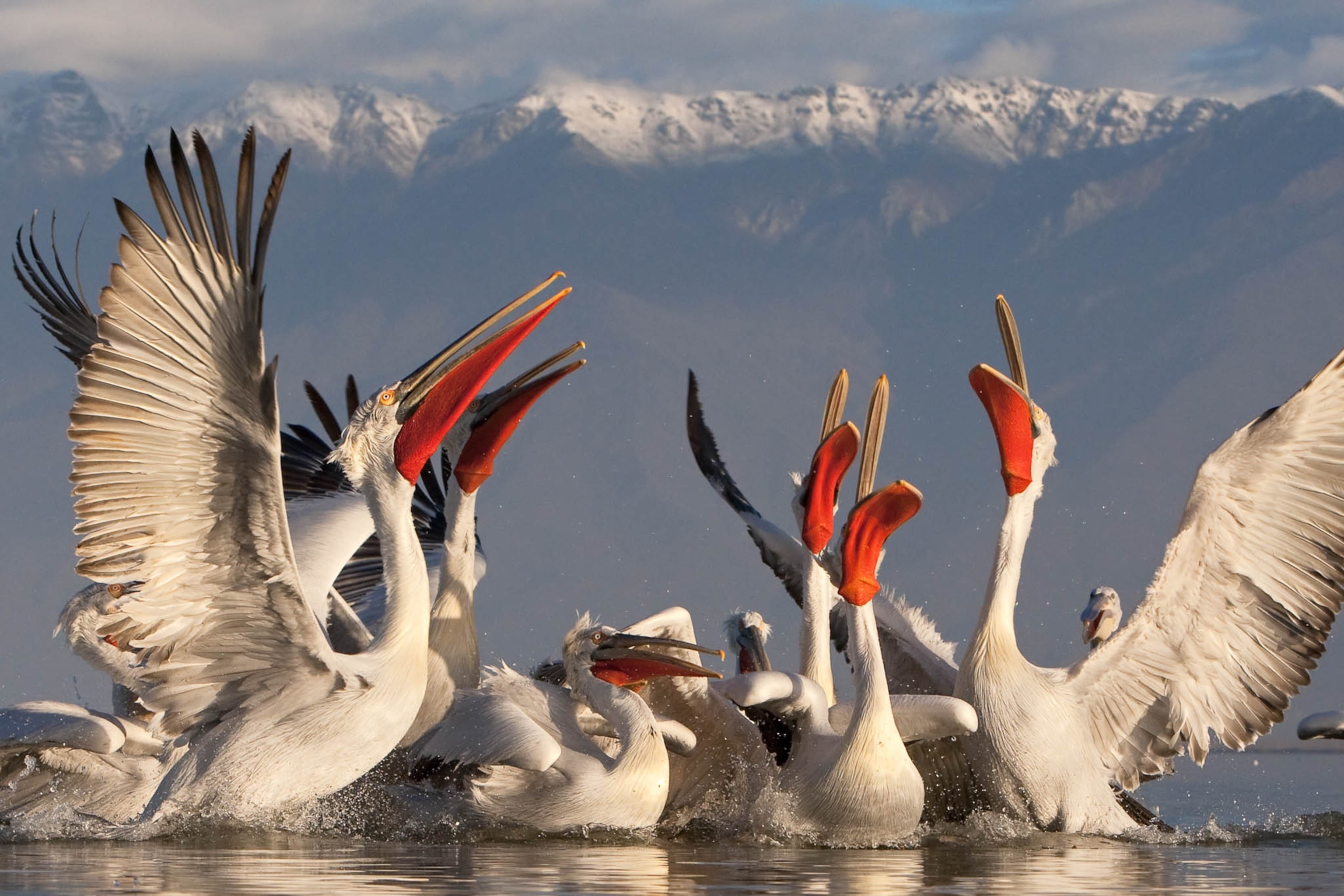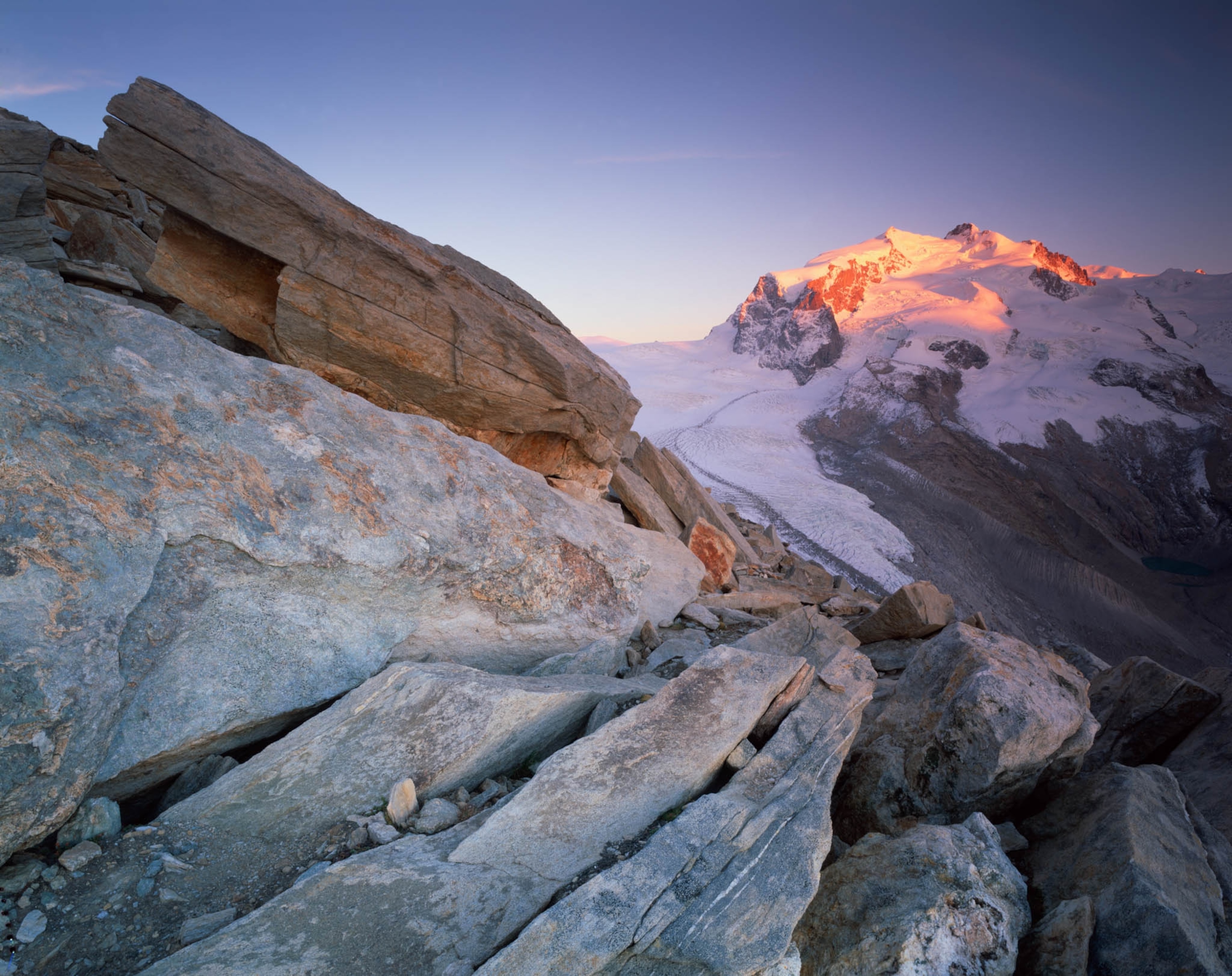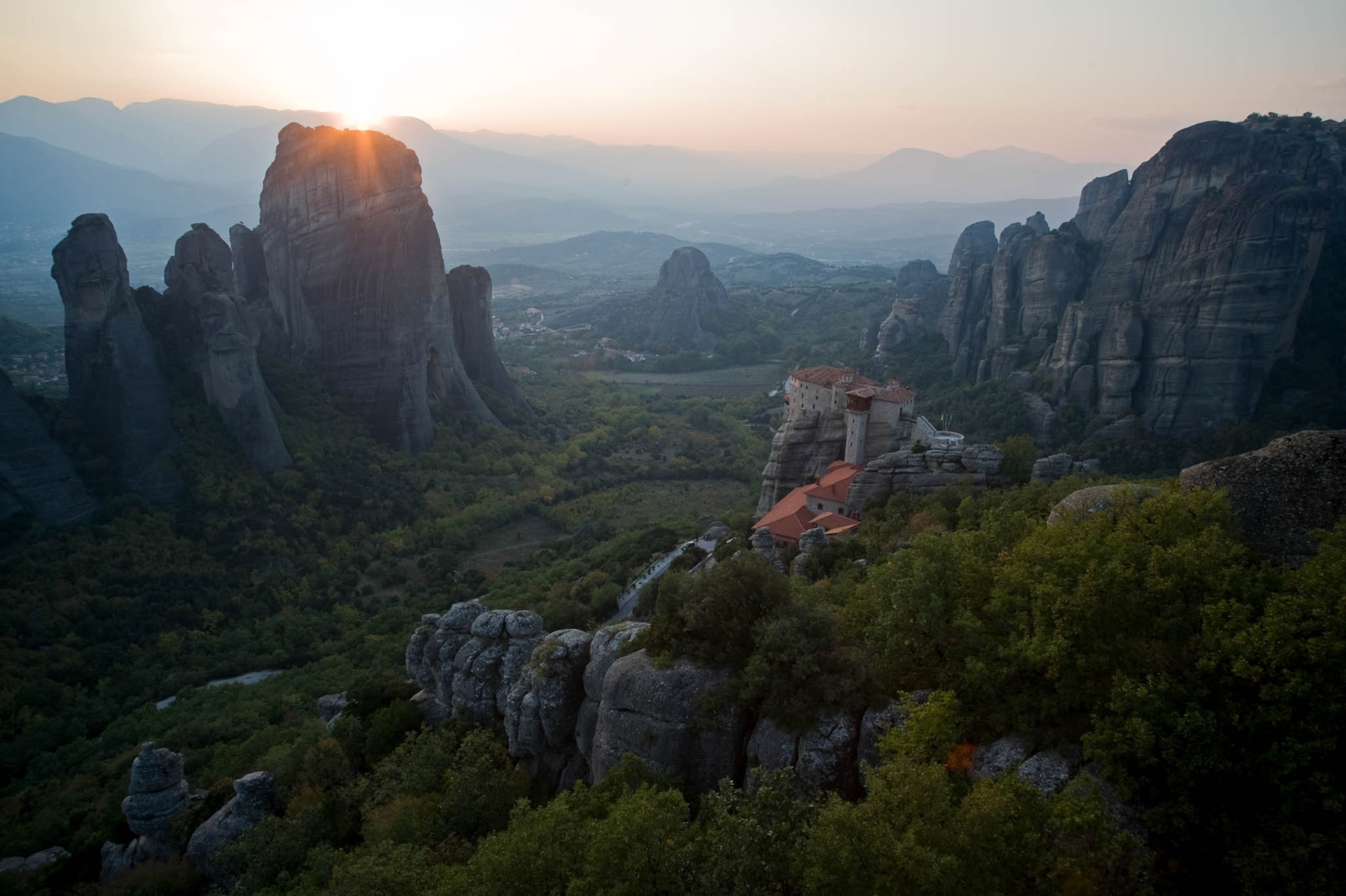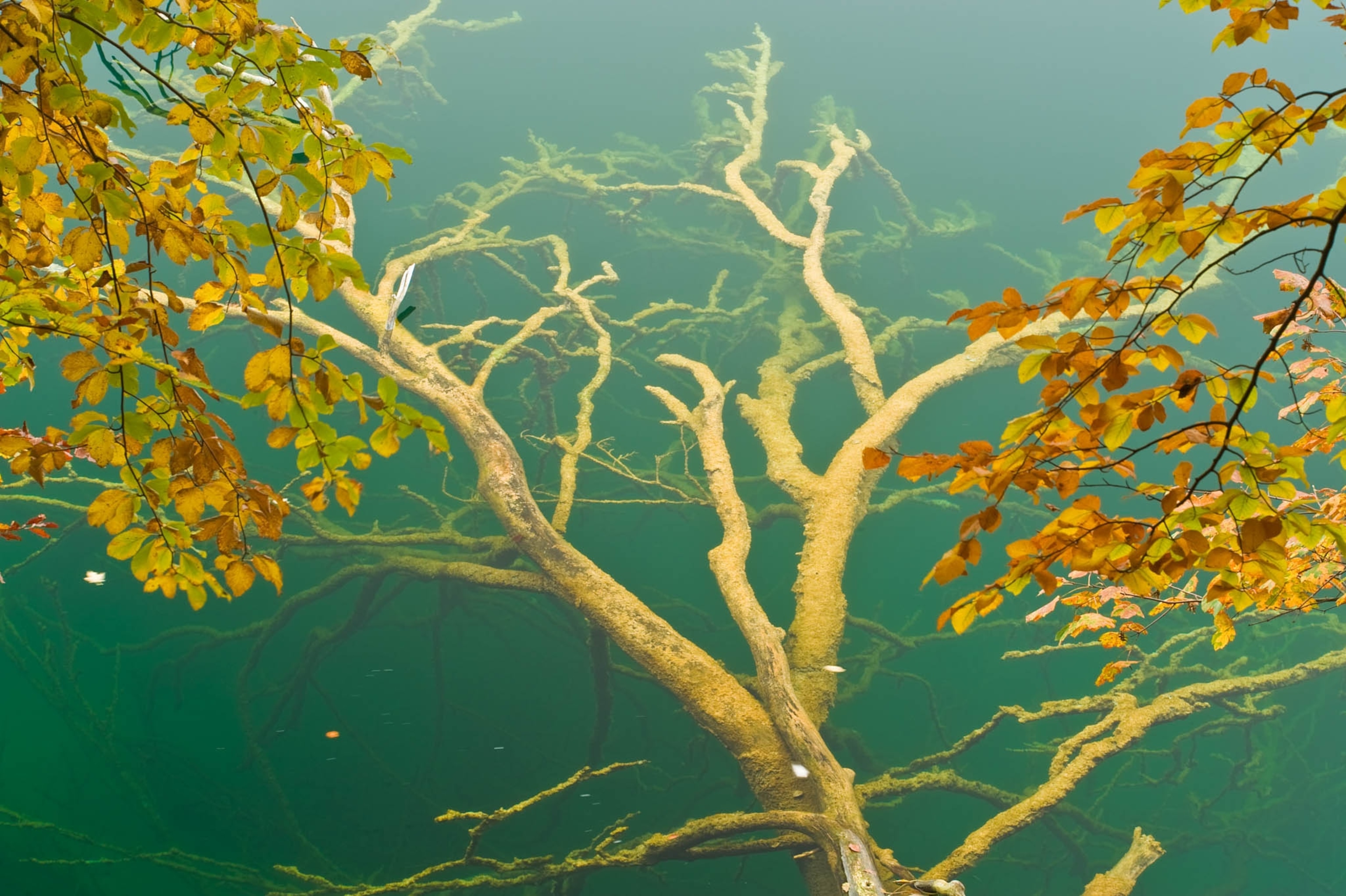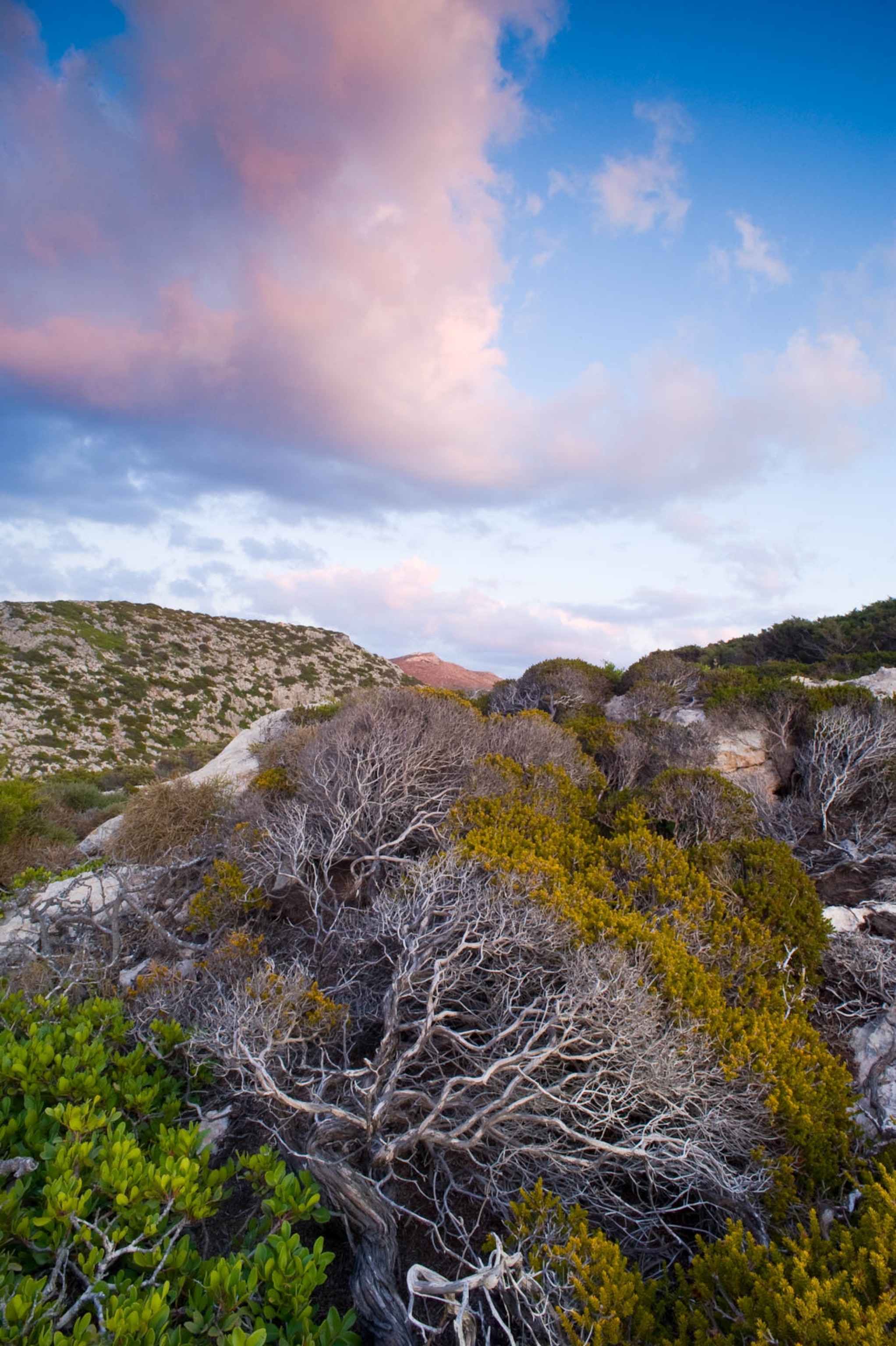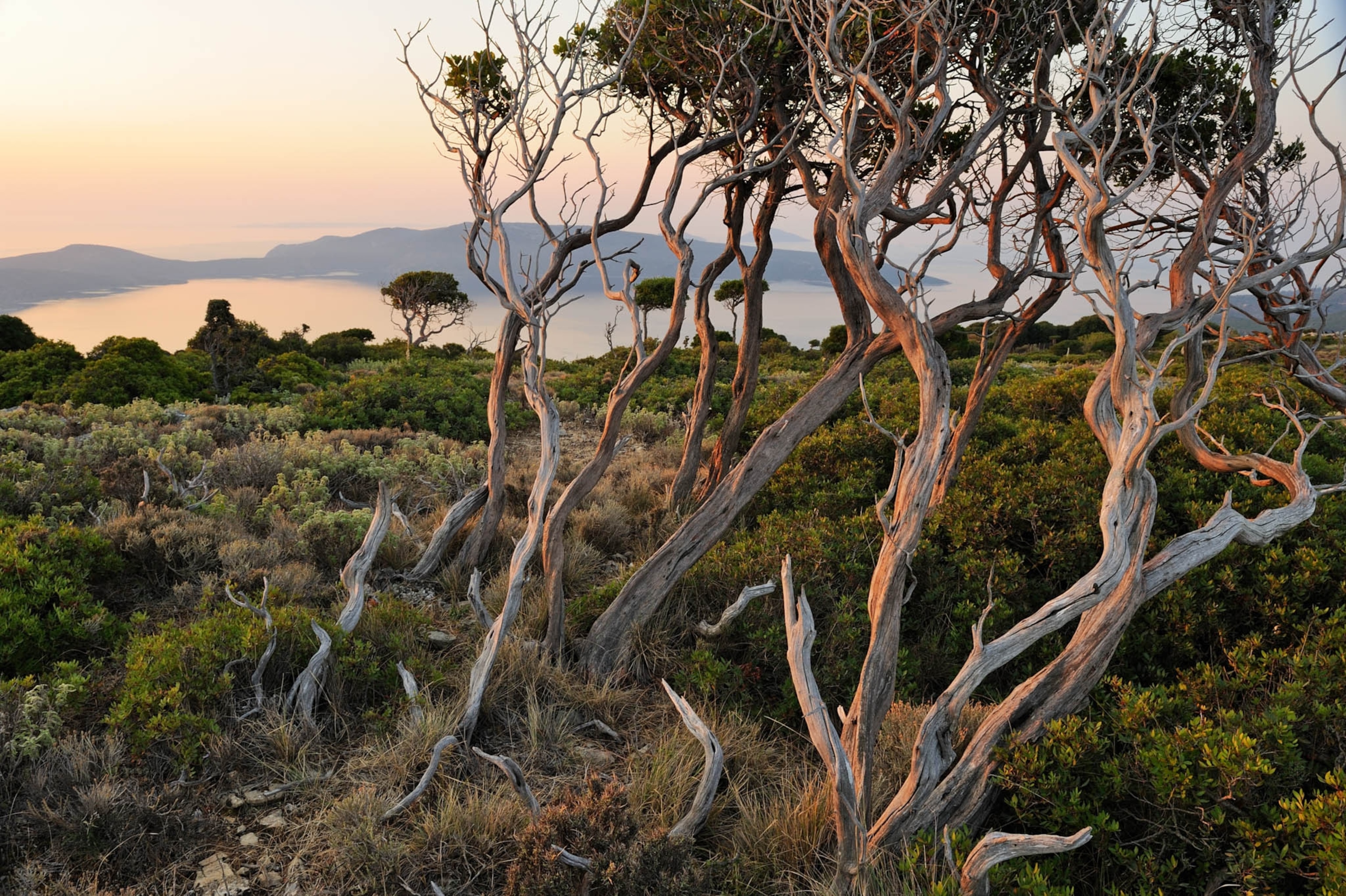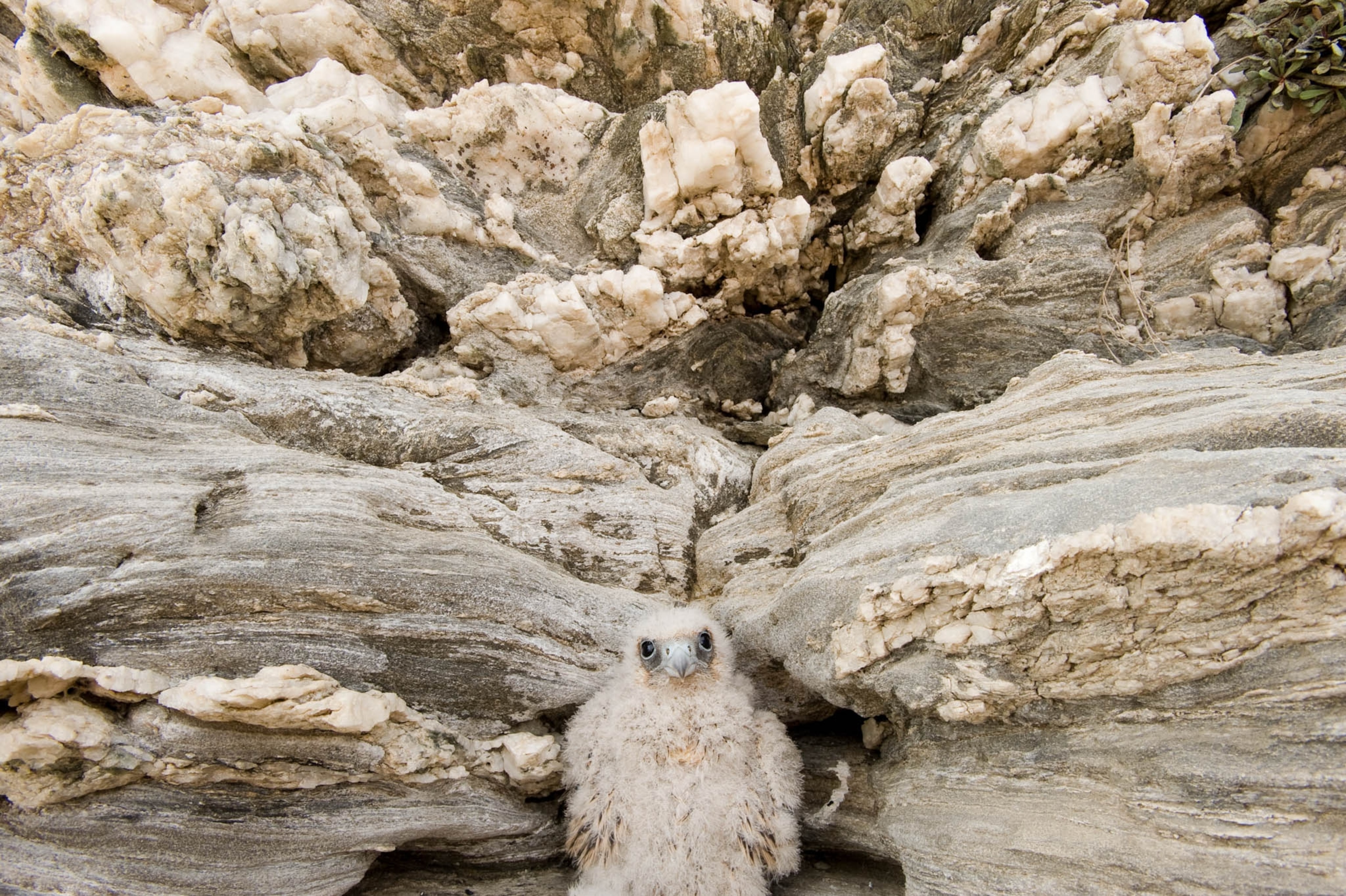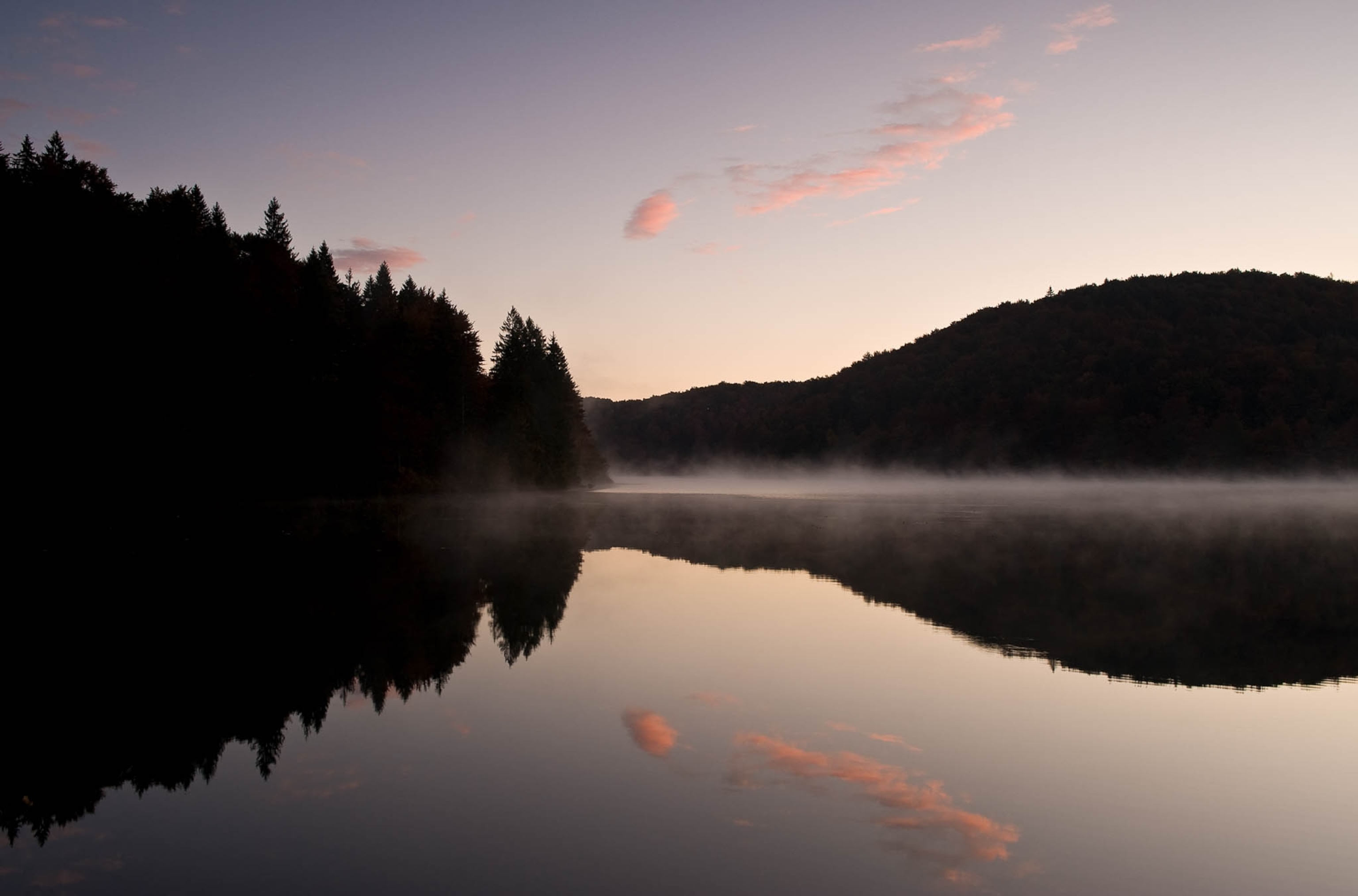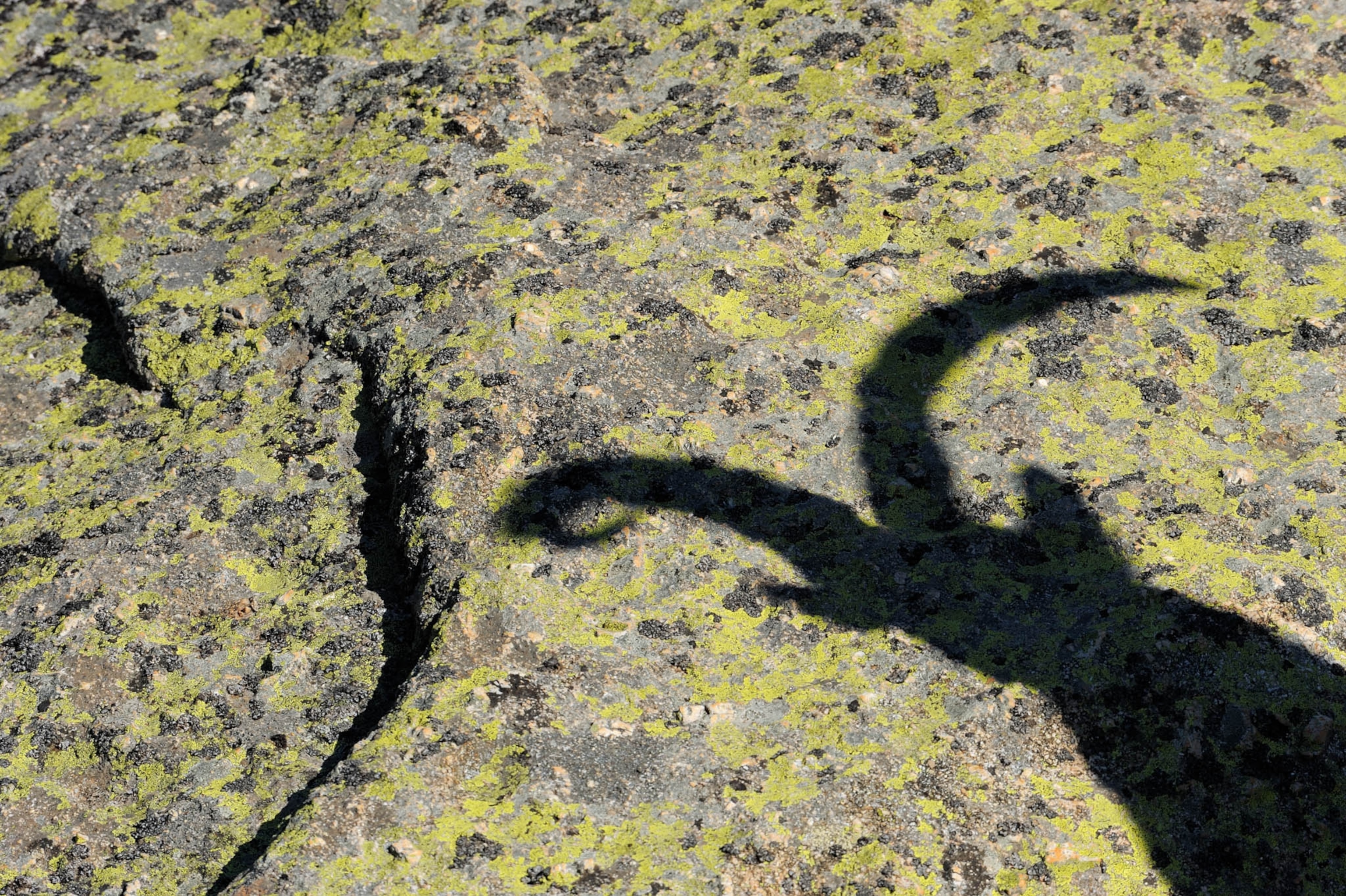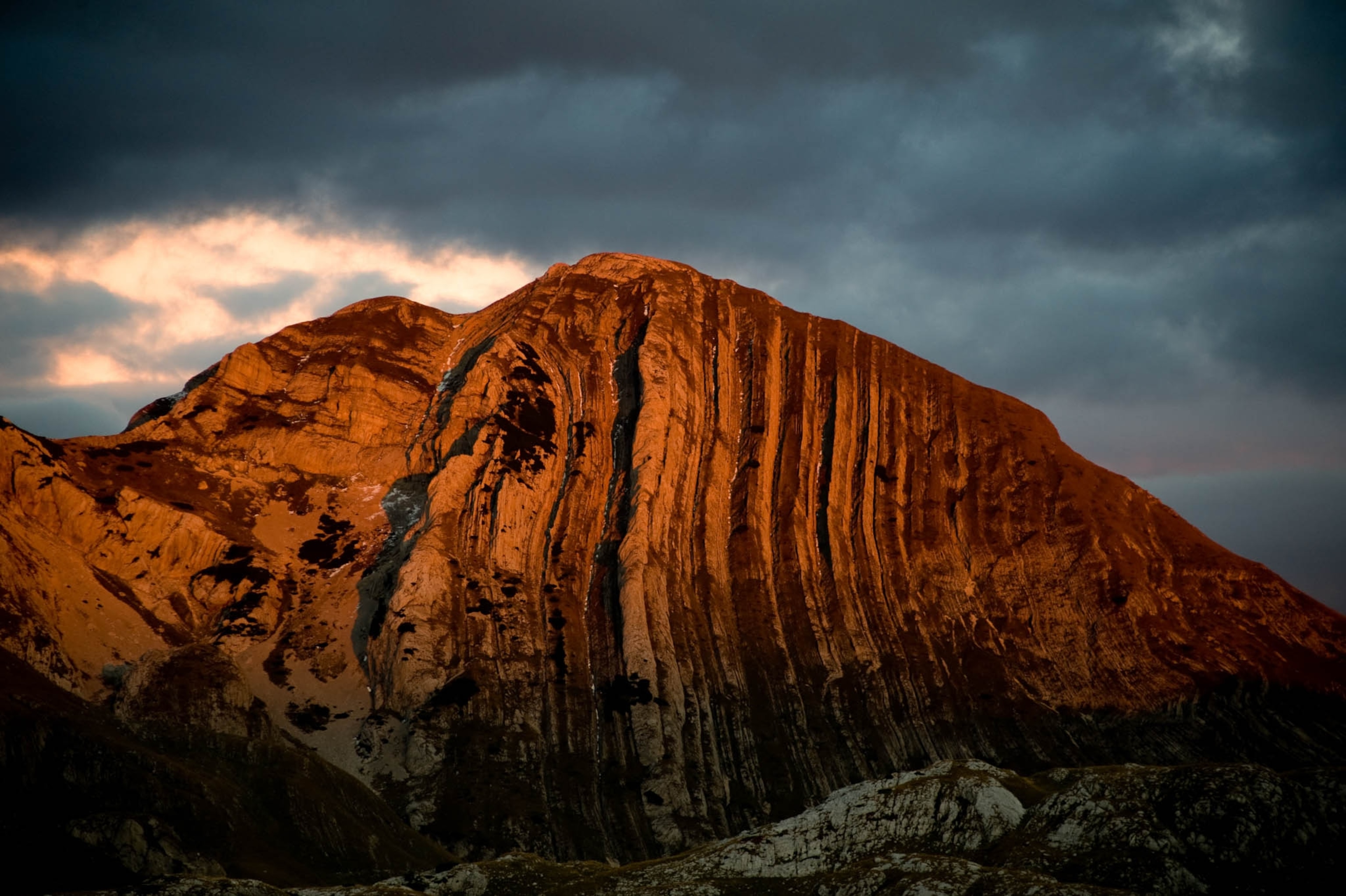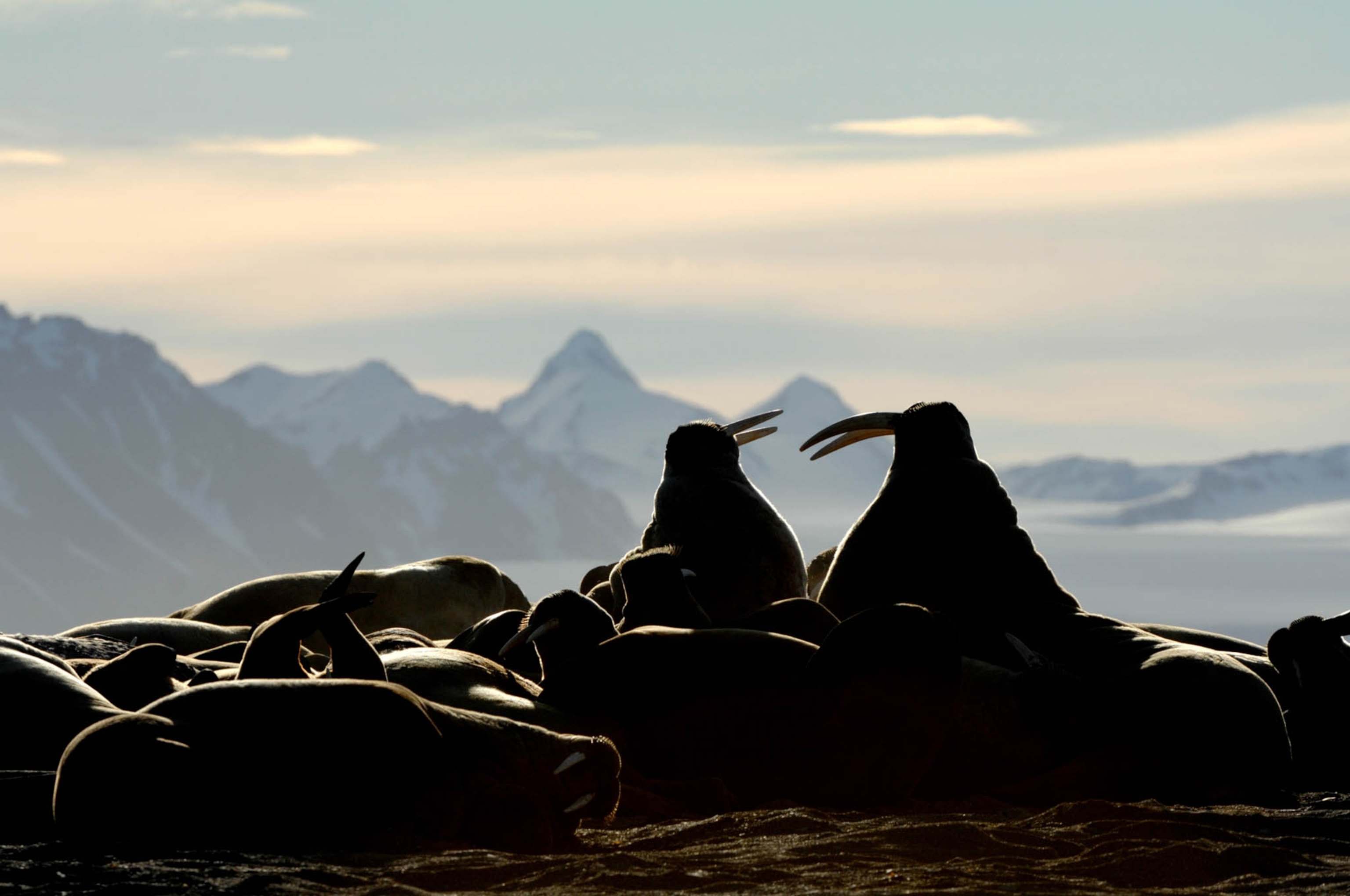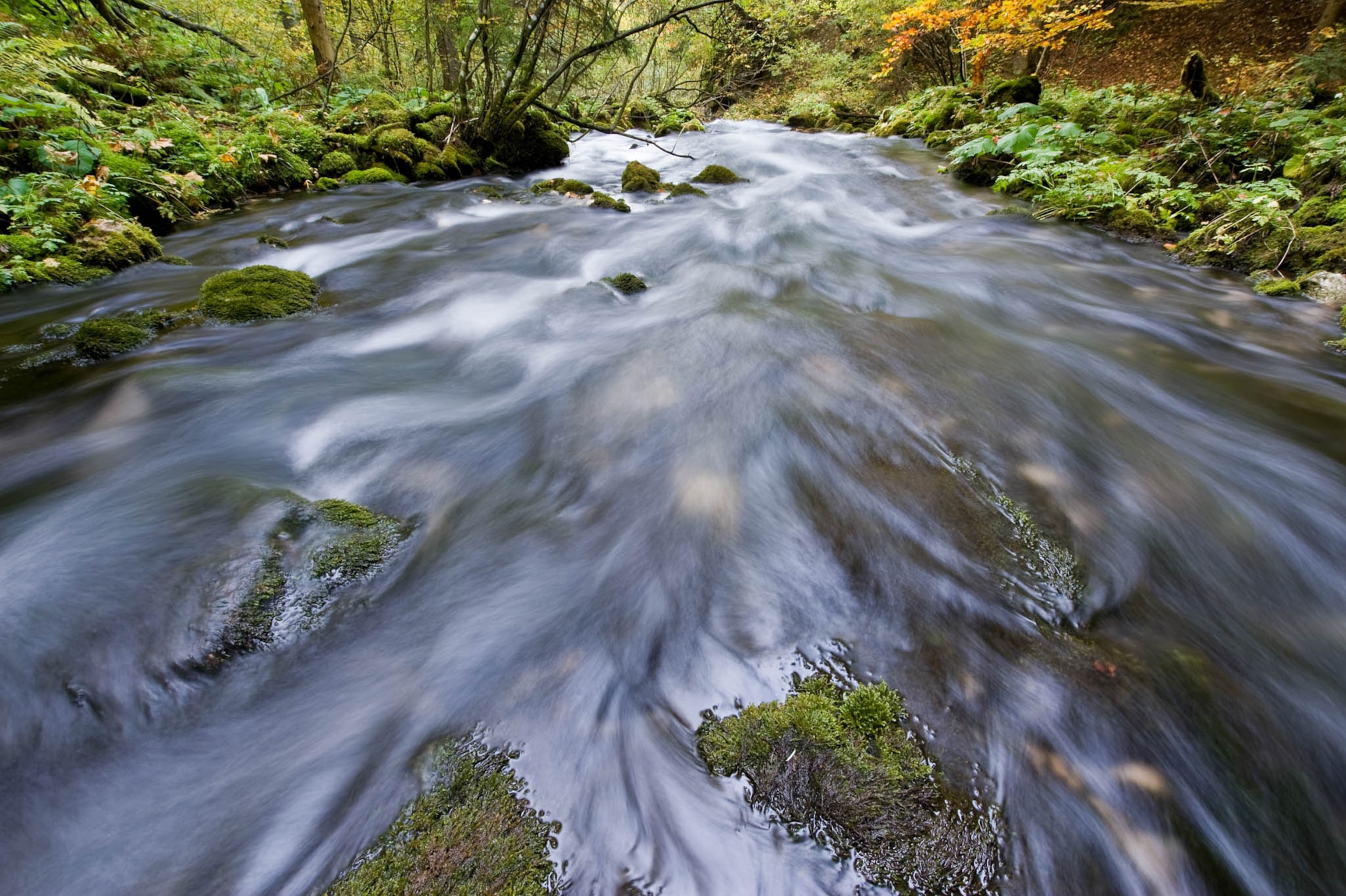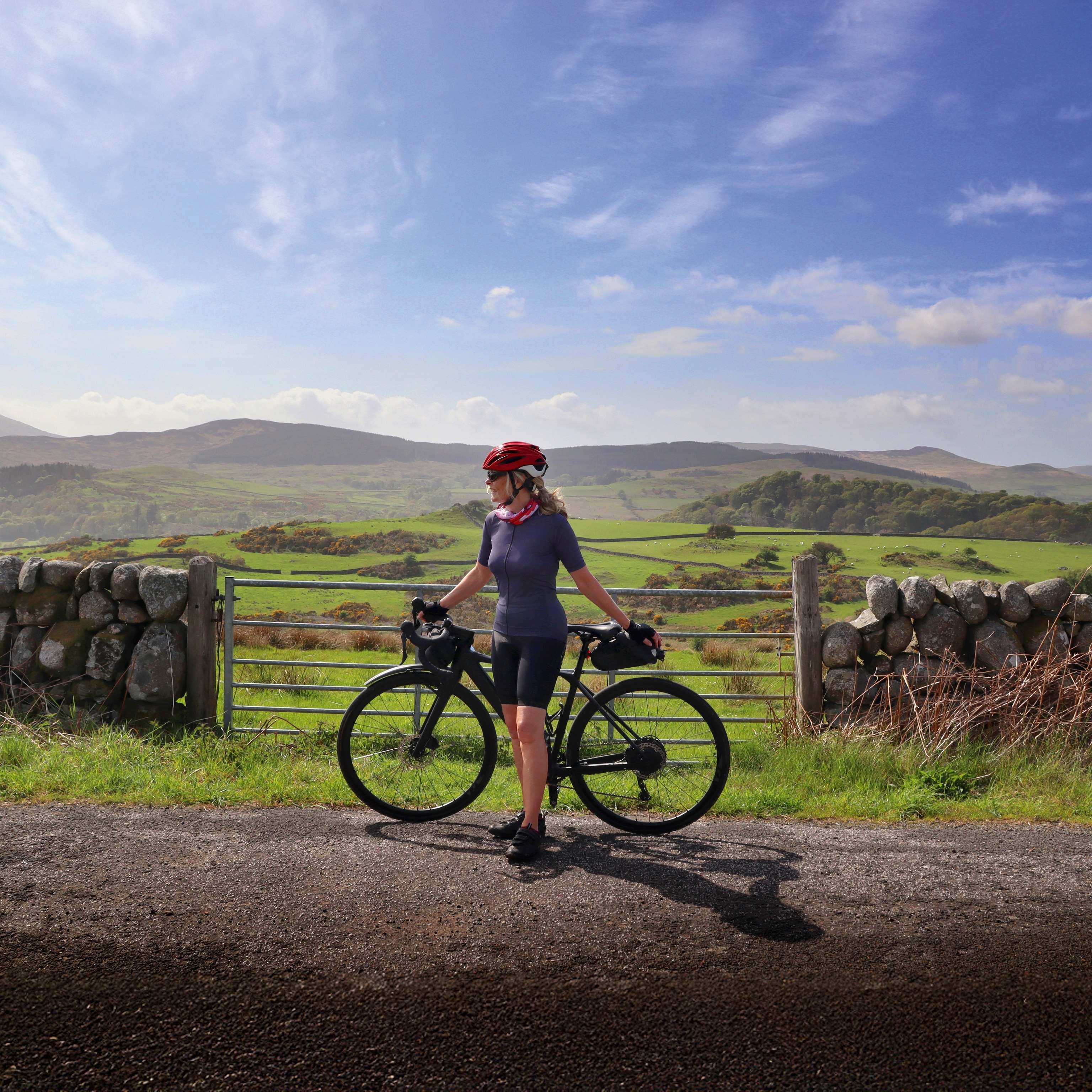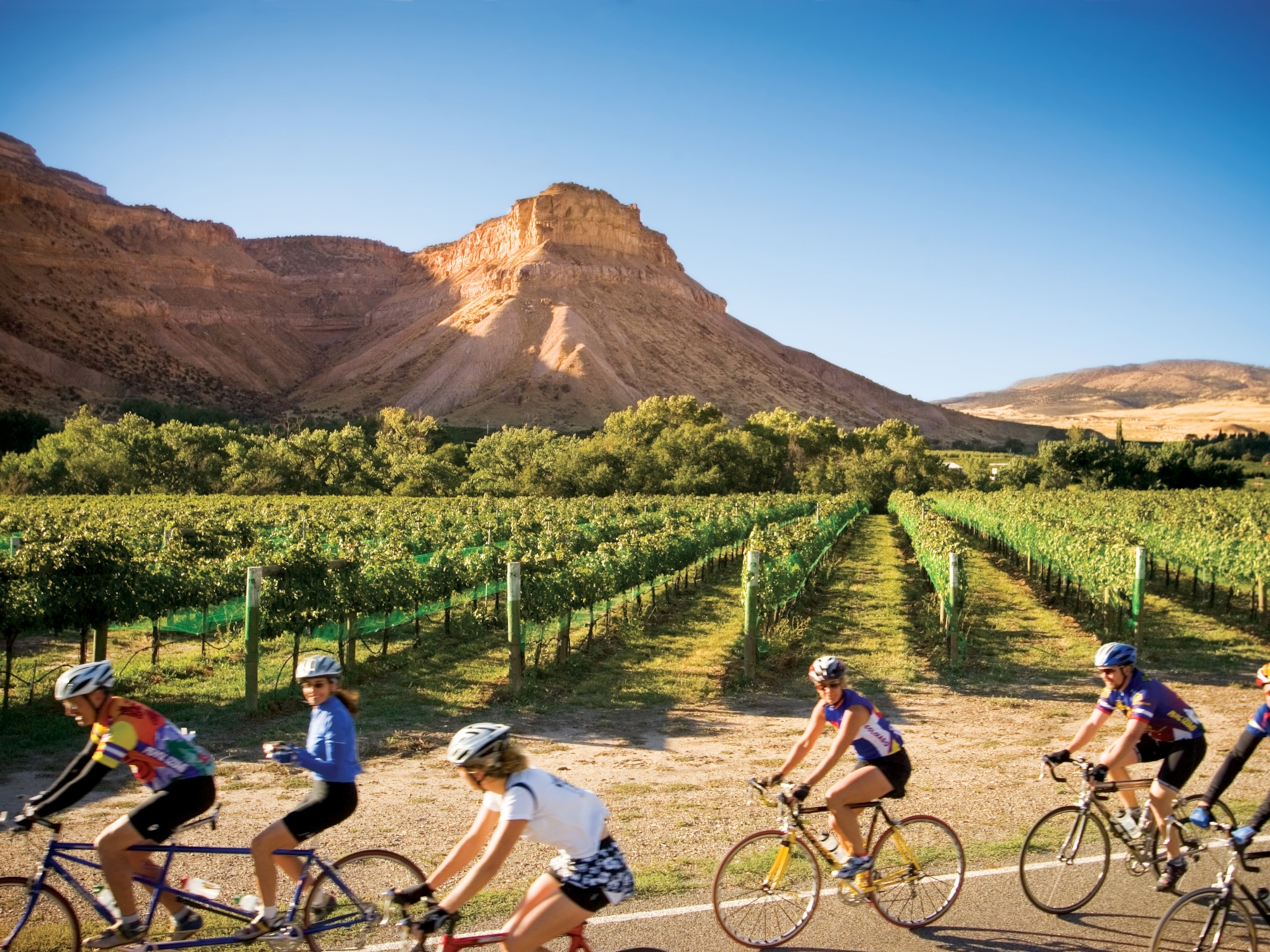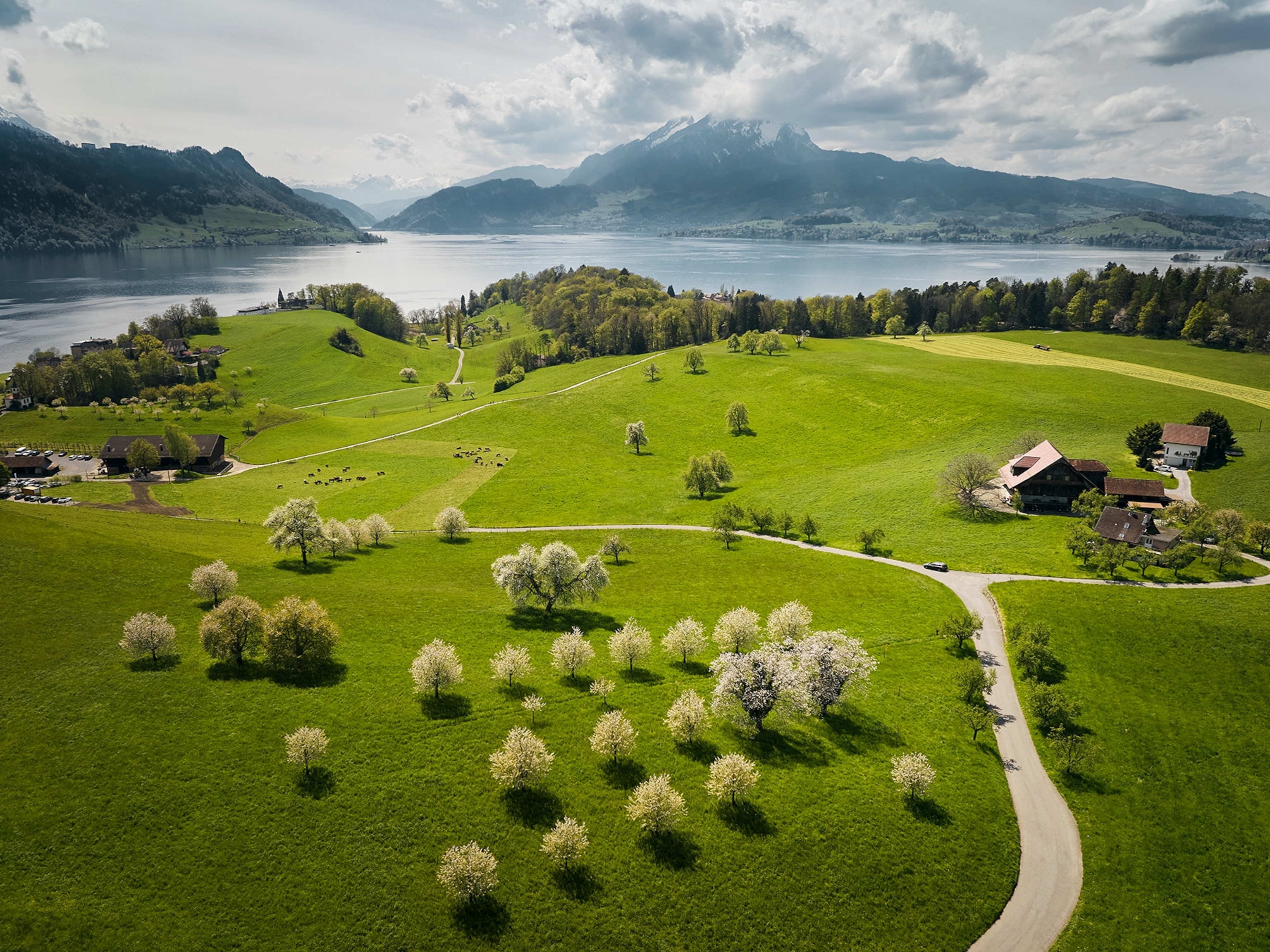
This new bike trail will connect 8 European countries
The Trans Dinarica provides a corridor to cities, remote mountain villages, and ancient traditions.
The Trans Dinarica, a new cross-border cycling route, presently connects Slovenia, Croatia, and Bosnia and Herzegovina. Beginning in Slovenia’s Soča Valley, near Italy, the path heads south along Croatia’s Adriatic coast before turning east and ending in Sarajevo, the Bosnian capital. However, the route’s final goal—as the biking network’s organizers are quick to point out—is to traverse all eight countries in the Western Balkans and eventually encompass Montenegro, Albania, Kosovo, Serbia, and Macedonia.
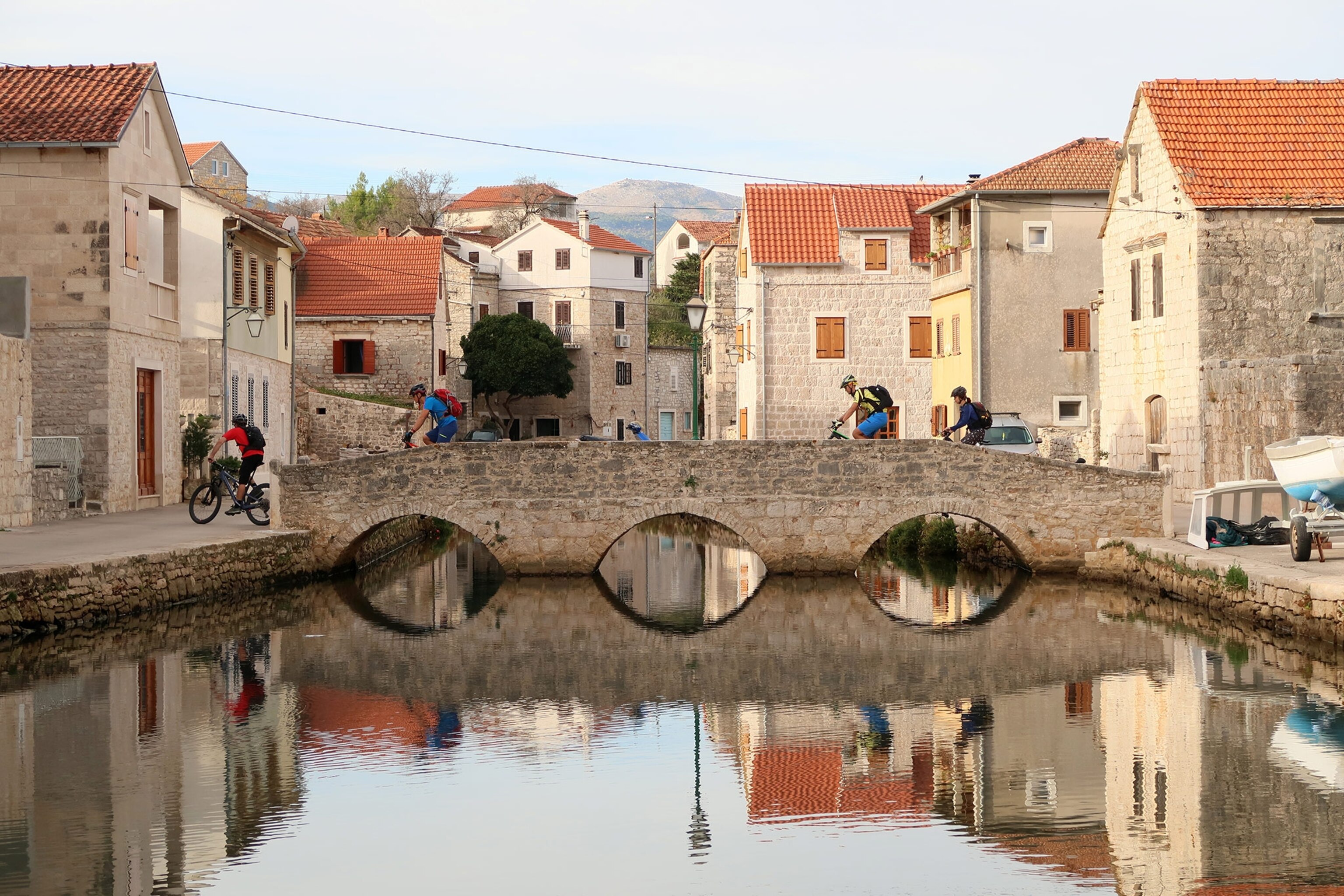
On a combination of surfaces, which include single-track mountain bike trails, gravel, and stretches of asphalt, the route highlights the region’s wide palette of landscapes: ridgelines above the sea; mountain passes; alpine lakes and rivers; and towns in the heart of the Dinaric Alps (which gives the network its name) and adjoining ranges. Equal parts adventure and culture, the Trans Dinarica provides a rare lens onto this corner of southeastern Europe, which still possesses genuine authenticity rooted in the centuries-old, honor-bound tradition of welcoming guests with food, wine, and stories of the region.
The idea for the Trans Dinarica began in 2016, when three tourism operators—from Slovenia, Croatia, and Bosnia and Herzegovina—teamed up to create a corridor stretching across the Western Balkans, which is often overlooked by tourists. The mission was to combine great cycling (with an emphasis on mountain biking) with the density of the region’s old-world experience. In doing so, the network is also tackling infrastructural and accessibility challenges, while helping to encourage sustainable, homegrown, local businesses. Inspired by the Via Dinarica hiking trail, which parallels the cycling route and covers nearly 1,200 miles across the same eight countries, the Trans Dinarica allows many visitors, for the first time, to roll through the area’s UNESCO sites, villages, and national parks. [Read more about hiking the Via Dinarica.]

Recently, a group of cyclists set out from Sarajevo, the capital of Bosnia and Herzegovina, on a three-day, 200-mile exploratory ride to begin the Trans Dinarica’s expansion southward to Podgorica, the capital of Montenegro. Just minutes outside Bosnia’s main city, urban traffic funneled into a tangle of cobblestone alleys stitching together wooden houses, and Ottoman-era neighborhoods. Then, civilization gave way to open roads linking remote communities. Tractors replaced cars and trough-like fountains harnessed springs that serve as communal water sources. For hours, farms leapfrogged each other to the countries’ shared border, along the horizon, and beneath surrounding peaks.
When the cyclists got lost navigating the new route to the Montenegrin line, they rested their bicycles—self-sufficient rigs loaded with waterproof bikepacking gear lashed to seat posts and handlebars—against hand-split rail fences in front of farmhouses with stacked-stone chimneys emitting plumes of smoke. Men and women stopped digging in their gardens to invite the riders in for coffee, fresh bread, cheese, and home-bottled schnapps, and to debate the value of the group’s maps and new-fangled GPS devices. This routine of exploration and interaction would be repeated, happily and as part of the route’s raison d'être, across both countries. [Discover the best cycling routes around the world.]
Related photos: 30 wild and beautiful places in Europe
“Because of the many communities it passes through, the Trans Dinarica doesn’t feel like typical tourism—because it isn’t,” says Edo Vričić of VMD Adventure Travel, the Croatia-based operator helping to develop the route. “These are real places, which are not used to tourists, but love being hosts.”
Jan Klavora, of the Ljubljana-based Visit Good Place active tourism agency, the network’s Slovenian partner, agrees and adds that this type of travel, at “human speed,” is a perfect fit for the Balkans. “We say that bikers are slow and hungry,” says Klavora. “And since cyclists cannot carry much—but can still reach all the places—this trail helps to transform the infrastructure along the way and provides an engine for businesses in remote areas, where no other tourists except hikers normally come.”
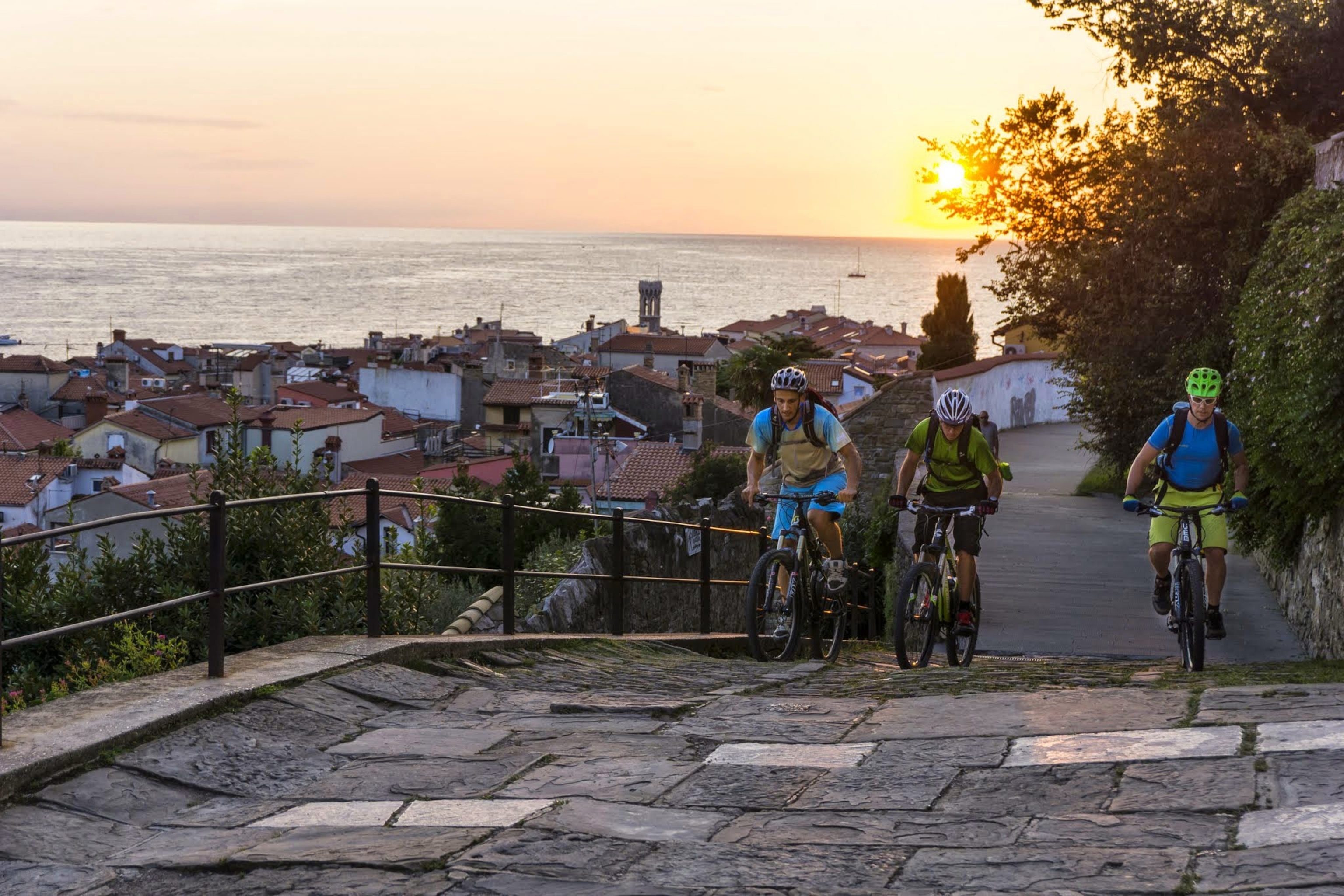
- National Geographic Expeditions
At the Montenegrin border, the group of cyclists extending the Trans Dinarica crossed the Tara River, which flows into the Tara Canyon, the second deepest gorge on the planet. Ahead, the steep, snow-topped peaks of Durmitor National Park became the ride’s new background canvas, where herders could be seen walking their flocks to hillside communities.
“What the Trans Dinarica aims to do, of course, is create a challenging and inspired route across a relatively untouched area of Europe,” says Thierry Joubert, of Sarajevo-Based Green Visions, an adventure tourism operator and the network’s Bosnian partner. According to Joubert, single-track mountain biking trails predominate in Slovenia’s section, but through ongoing development, more of these technical paths—as well as alternate routes for every experience level and cycling preference—are being laid in Croatia, Bosnia and Herzegovina, and beyond. “The reason the route does, and will, succeed, though, is because of the Western Balkans itself. The region has an endless supply of panoramas, that literally take your breath away, and opportunities to sit, eat, and drink with locals, who live to share their culture and are proud you understand its importance.”

